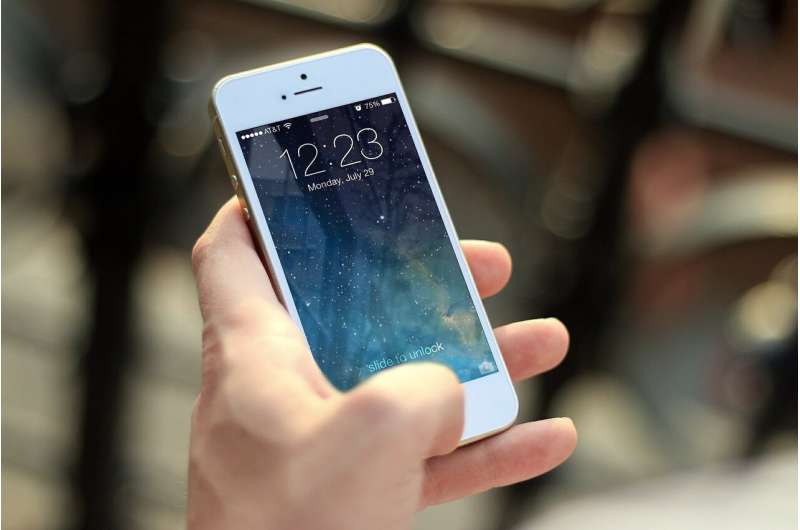How do you go online? More of you are choosing phone over home broadband, Pew survey says

You get your internet at home by subscribing to a high speed broadband service, as do a majority of your fellow Americans. That is unless you're among the 1 in 4 adults who've ditched or passed on home broadband. And many of you who've come to that decision have found what you deem a suitable substitute: your smartphone.
Such is a key finding from a mobile technology and home broadband survey of U.S. adults released Thursday by the Pew Research Center.
Pew found that 37% of respondents indicated that when using the internet they primarily do so on a smartphone, nearly double the 19% who answered the same way in 2013.
And 45% of the non-broadband crowd say that their smartphone lets them do everything they need to do online, up substantially from the 27% who said so in 2015.
In fact, Pew reports the share of non-broadband users who say their smartphone is the most important reason for not having a high-speed internet connection where they live has nearly doubled over the same time period, from 12% to 23%.
For sure, some people cited the affordability of broadband as the reason for their reluctance. But the percentage of non-broadband adopters who cited price as a barrier, dropped from 33% in 2015 to 21% today.
In the meantime, while the growth of smartphone use for a cyber-connection has grown across all age groups, young adults are more likely to reach for a handset when they go online. Fifty-eight percent of 18-to-29 year olds mostly use the phone for such a purpose, up from 41% in 2013.
As you might expect, income levels are also a factor in whether people subscribe to home broadband. The report found that 73% of U.S. adults say they subscribe to broadband internet services at home, but the number climbs to 92% among adults in households with incomes of $75,000 or more annually. By contrast, in households where the yearly income is south of $30,000, the share of broadband subscribers drops to 56%.
That 36-point gap in broadband adoption between the highest- and lowest-income groups is substantially larger than the 24-point gap in smartphone ownership between these groups, the report says.
Educational differences show a nearly identical pattern.
Among other findings: Some 46% of smartphone owners say when using the internet, they mostly do so on their phone, compared to 34% six years ago. During the same period, the share of smartphone users who say a desktop, laptop or tablet computer is their primary device for going online has fallen from 53% in 2013 to 30% today. And roughly one-quarter of smartphone users say they equally use a cellphone or a desktop, laptop or tablet computer when going online, up from 12% in 2013.
Meanwhile, 6-in-10 of the folks without broadband indicated that they have never had high-speed internet service at home in the past, compared to about one-third who have. And fully 80% of non-broadband users say they would not be interested in having broadband at home in the future, while 18% think this is something they would consider.
The survey was conducted from January 8 through February 7 of this year, among a nationally representative sample of 1502 adults 18 or older.
(c)2019 U.S. Today
Distributed by Tribune Content Agency, LLC.





















